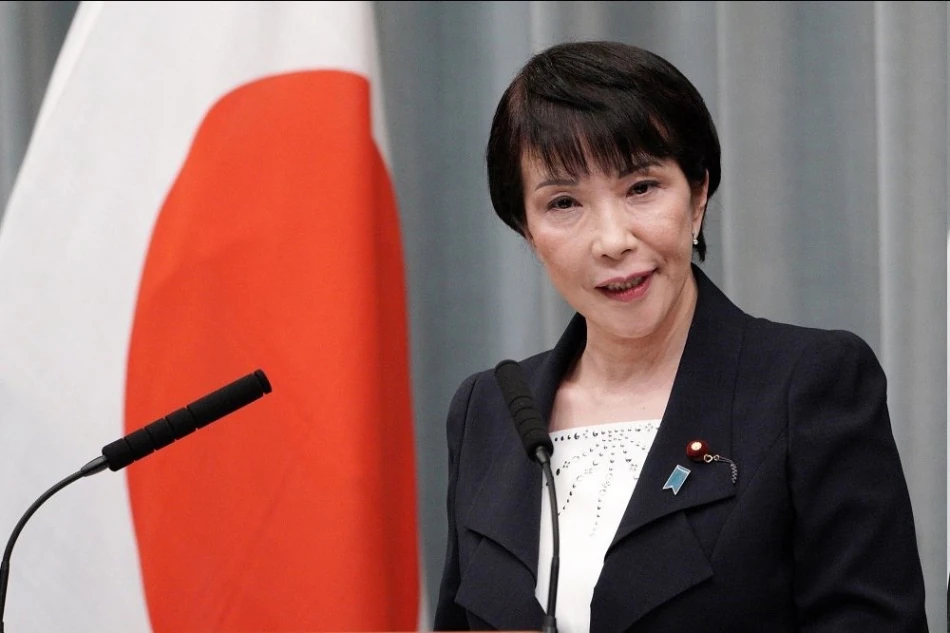
Japan's Historic Milestone: First Female Prime Minister Appointed
Japan's ruling Liberal Democratic Party elected former economic security minister Sanae Takaichi as party leader on Saturday, putting her in position to potentially become the country's first female prime minister. The former broadcaster turned politician won the leadership race against four other candidates, securing 183 votes in the first round of party elections.
The parliamentary vote to confirm the prime minister comes next. If successful, Takaichi would break a significant barrier in Japanese politics, where women have historically been underrepresented in top leadership roles despite making up roughly half the population.
Takaichi's path to this moment spans three decades. She started as a television broadcaster before jumping into politics in 1993, winning an independent seat in the House of Representatives. Three years later, she joined the Liberal Democratic Party, where she's built her career ever since.
Her election comes at a crucial time for Japan's economy and security. As former economic security minister, she's dealt with supply chain vulnerabilities and technology competition with China. These issues have become central to Japan's policy discussions, especially as the country tries to reduce its dependence on Chinese manufacturing while strengthening ties with the US and other allies.
For investors and markets, Takaichi represents continuity with the LDP's pro-business policies. But her potential appointment as prime minister would signal a shift in Japan's political landscape. The country has lagged behind many developed nations in women's political representation, ranking near the bottom among G7 countries for female lawmakers.
The parliamentary confirmation process will be the final test. Given the LDP's majority position, party leadership elections typically determine who becomes prime minister. But the formal vote still matters, and coalition dynamics could play a role in the final outcome.
Most Viewed News

 Sara Khaled
Sara Khaled






